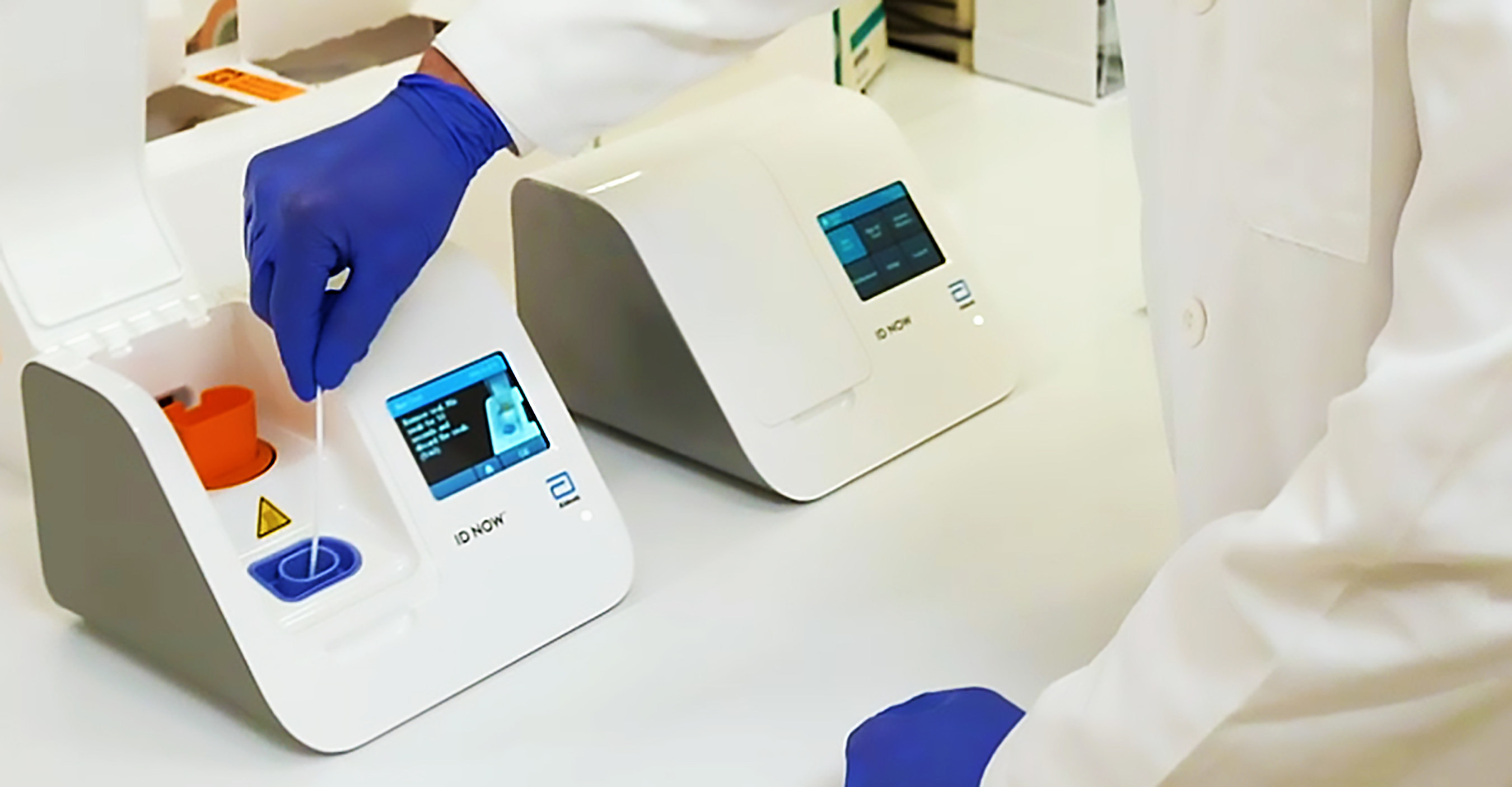Rapid Test for Equine Infectious Anemia Virus in Horses
The rapid test for equine infectious anemia virus (EIAV) is a critical tool used by veterinarians and laboratories to quickly diagnose EIA, which can have severe implications for the health of horses. This viral disease belongs to the retrovirus family and affects the immune system, leading to immunodeficiency in affected animals. The rapid test provides accurate results within minutes, making it an essential diagnostic method.
The primary purpose of this test is to detect antibodies against EIAV in equine serum samples. The methodology typically involves a lateral flow immunoassay that allows for the visual interpretation of results. This test can be performed at point-of-care (POC) locations, such as veterinary clinics or farms, which enhances its practicality and efficiency.
The process begins with proper sample collection, where blood samples are drawn from horses using aseptic techniques to minimize contamination risks. The collected serum is then prepared for the test by placing it on the lateral flow device (LFD). The LFD contains immobilized antibodies that specifically bind to EIAV antigens if present in the serum.
Once the sample is applied, the antigens migrate through the membrane, binding with the immobilized antibodies and visible markers. A positive result will show a line indicating the presence of antibodies against EIAV; conversely, a negative result does not produce this line. This simplicity makes it an ideal tool for POC settings where time and resources are limited.
The reliability of these tests is crucial in veterinary medicine to ensure accurate diagnosis and appropriate treatment decisions. The rapid nature of the test means that veterinarians can begin treatment promptly upon identification, potentially preventing further spread of the virus within a population or herd.
- Can this test differentiate between current infections and past exposure?
- Does it require specific laboratory equipment for use?
- Is it suitable for all breeds of horses?
- How does the test compare in accuracy to other diagnostic methods?
- What is the turnaround time for results?
- Are there any special handling requirements for samples?
- Can this test be used by non-laboratory personnel?
- Is it sensitive enough to detect early stages of infection?
Why It Matters
The rapid diagnosis of EIAV infections is vital for controlling outbreaks and preventing the spread of this highly contagious disease among equine populations. By providing quick results, veterinarians can quarantine affected animals promptly to contain the virus’s spread within a herd or stable.
In addition to its diagnostic value, the rapid test also aids in managing horse health by allowing early intervention strategies. Early identification of infected horses enables the implementation of isolation protocols and treatment plans, which are crucial for preventing further transmission. This proactive approach helps protect the overall well-being of equine populations and reduces the economic impact on affected farms or stables.
The importance of accurate diagnosis cannot be overstated in the context of EIAV. The virus is known to have a high rate of transmission, particularly through direct contact between horses or via vectors such as blood-sucking insects. Rapid identification allows for timely quarantine measures that can significantly reduce the risk of spread within and beyond the affected herd.
Moreover, rapid testing enhances the efficiency of equine health management programs by enabling prompt treatment decisions. This is especially important in large-scale operations where time is critical to prevent widespread outbreaks. The ability to quickly diagnose EIAV ensures that infected animals receive appropriate care while minimizing potential risks to uninfected horses.
The reliability and ease of use of the rapid test also support the overall health and safety of equine populations, contributing to the broader goals of responsible horse ownership and management practices.
Quality and Reliability Assurance
- Accuracy: The test adheres to international standards such as ISO 15195-3, which ensures high accuracy in the detection of antibodies against EIAV.
- Sensitivity and Specificity: The rapid test demonstrates excellent sensitivity and specificity rates, making it a reliable diagnostic tool for equine infectious anemia.
- Consistency: Quality control measures ensure consistent results across different batches and testing conditions.
The reliability of these tests is paramount in maintaining the health standards within equine populations. Regular calibration checks and adherence to strict quality assurance protocols guarantee that the test remains accurate and effective over time.
In addition, the test has undergone rigorous validation studies conducted by reputable institutions, confirming its compliance with international standards and its effectiveness in real-world scenarios. These validations are crucial for ensuring that the test provides consistent and reliable results under various conditions.
Competitive Advantage and Market Impact
The rapid test for EIAV offers significant competitive advantages by providing veterinarians with a tool that enhances their diagnostic capabilities. This advantage is particularly valuable in point-of-care settings where timely decisions are crucial.
The ease of use and portability of the device make it accessible to a wide range of users, from small-scale farms to large equine operations. By streamlining the testing process, this rapid test contributes to more efficient herd management practices, reducing the time needed for diagnosis and treatment.
From a market perspective, the availability of such a reliable diagnostic tool has broad implications. It supports the development of robust health management strategies that can effectively prevent and control EIAV outbreaks. This, in turn, fosters confidence among horse owners and operators regarding the safety and well-being of their equine populations.
The ability to quickly identify infected horses also enhances the marketability of equine products and services by ensuring high-quality standards. In a broader sense, this rapid test supports the overall health and welfare sector, contributing to sustainable practices in equine care.





